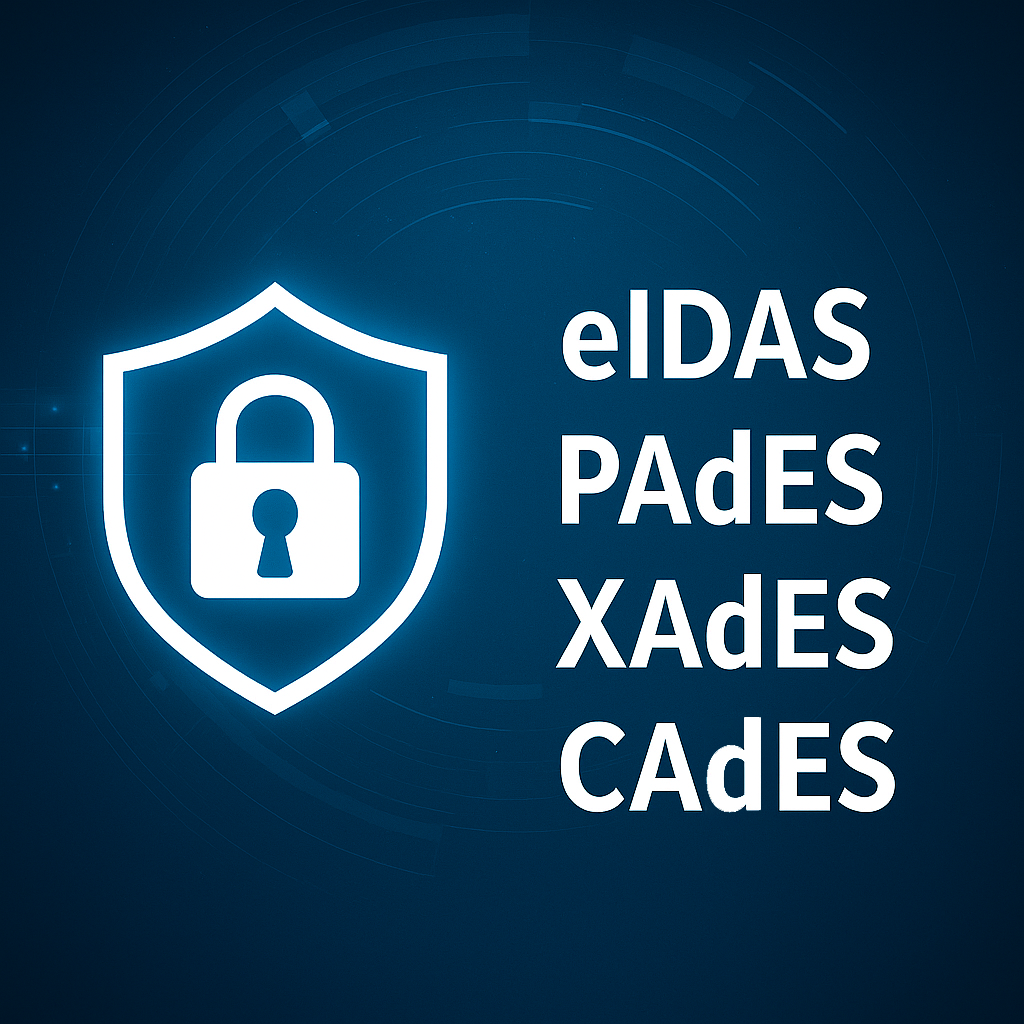
Gestion électronique des documents et des données
Comment placer le document au cœur de l’entreprise ?

Création et envoi de courriers unitaires et industriels
Optimisation des courriers : un seul clic pour gérer un ou des millions de courriers

De la production éditique à la gestion de la communication client
Unification des canaux de communication de l’entreprise pour créer les piliers de la relation client

Solutions pour les environnements Mainframe, AS400 et AFP/IPDS
Gestion globale des flux documentaires et d’impression AFP IPDS, en environnement Mainframe ou iSeries

Sécurisation des données et des documents
De la signature électronique à l’archivage légal des documents
Ouvrir les perspectives !
Intégrer les solutions MPI Tech permet d’optimiser les processus internes et d’assurer une gestion documentaire plus efficace. Conçus pour répondre aux exigences opérationnelles, ces logiciels s’adaptent à tout secteur d’activité grâce à leur flexibilité et leur précision fonctionnelle.
Organisme public
Industrie / Logistique
Assurance / Mutuelle
Santé
Banques / Finances
Prestataire d'impression

Le Groupe MPI Tech accompagne ses clients dans la gestion des documents et de leurs impressions. Avec plus de 40 ans d’expertise, celui-ci est devenu un acteur majeur de la transformation numérique en entreprise avec des solutions logicielles mondialement reconnues dans la gestion des impressions et de la communication client.

Le document est au centre de l'organisation
Nos outils métier assurent la distribution de plusieurs millions de documents sur l’ensemble des canaux physiques et digitaux. A la clé, un retour sur investissement rapide !

Création de valeur ajoutée aux documents
Circuit de validation, signature électronique, archivage électronique ou lettre recommandée électronique. A chaque processus métier, nous ajoutons de la confiance numérique

Le document comme pilier de la relation client
Optimisation de la relation client en adoptant une solution de CCM. Faire le choix d’une solution orientée client permet d’uniformiser les communications et d’améliorer l’image de marque
Découvrir nos articles, événements et actualités !
eIDAS signature électronique : formats PAdES, XAdES, CAdES
Découvrez comment la signature électronique eIDAS garantit l’authenticité, l’intégrité et la validité juridique de vos documents numériques : une base fiable pour des transactions électroniques sécurisées et conformes.
ScopSign 2.8.0 – Réinventez vos processus de signature électronique
Découvrez ScopSign 2.8.0 : sécurité renforcée avec PAdES/XAdES/CAdES, conformité totale avec eIDAS et amélioration des workflows de signature.
Scop Software Suite 2.8.0 – Nouvelle version : Sécurité, performance et accessibilité
Scop Software Suite 2.8.0 : une version majeure MPI Tech avec la sécurité OAuth2, de meilleures performances et une expérience utilisateur optimisée.



